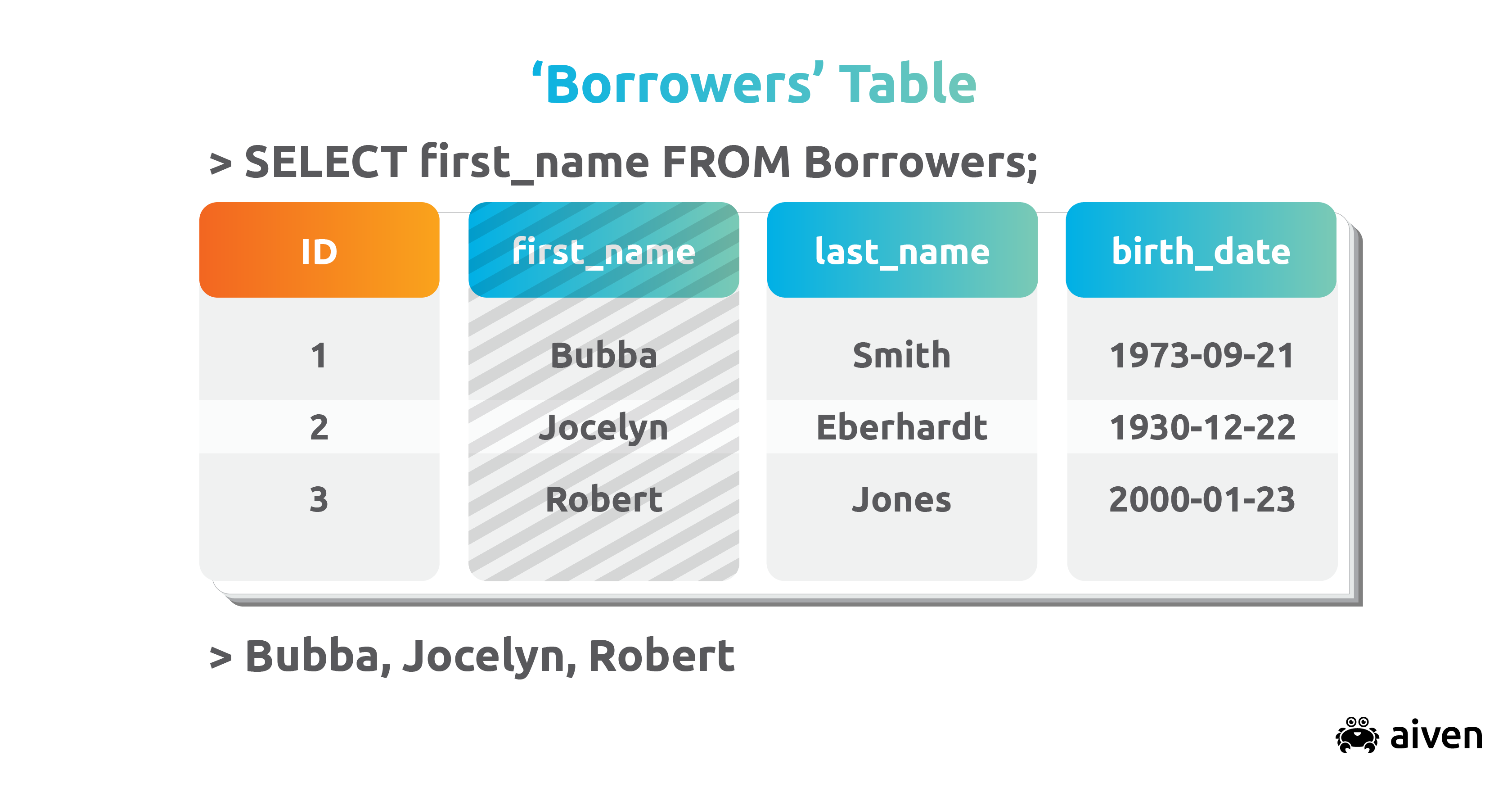

- Postgresql insert into table multiple rows how to#
- Postgresql insert into table multiple rows update#
Postgresql insert into table multiple rows update#
Using an UPSERT statement, you can update a record if it already exists or insert a new record if it does not. WHERE department_id = (SELECT department_id FROM departments where location_id=1200) postgres=# delete from departments where department_name = 'HR' Ī subquery will retrieve an output first and then the WHERE condition will be executed: postgres=# DELETE FROM departments If the WHERE clause is omitted, all the rows from the table would be deleted. Syntax DELETE table ĭelete rows by restricting a condition using a WHERE clause. The DELETE statement is used to remove existing rows from a table.

Update the values in the second table by joining values from the first table: postgres=# UPDATE states Insert into states values (1,'Washington'), (2,'Yardley'), (3,'Zimbabwe') Insert into countries values (1,'America'), (2,'Brazil'), (3,'Canada') Update the values in the second table by joining values from the first table:Ĭreate two tables with data: create table countries (id int, name varchar(20)) Ĭreate table states (id int, name varchar(20)) In the below example, we have updated the values in the second table by joining the values from the first table specifying the condition in the WHERE clause. We can use UPDATE JOINS to add values from a separate table. We can update more than one row using an UPDATE statement: postgres=# select * from departments Without the WHERE clause the entire table would get updated: postgres=# update departments set location_id = 2000 Postgres=# update departments set department_id=50 where department_name='IT' Modify a value department id to 50 for an employee whose id is 100 using the WHERE clause:: postgres=# select * from departments ĭepartment_id | department_name | manager_id | location_id Syntax UPDATE table_name SET column1 = value1, column2 = value2.

You specify the inserted rows by value expressions or the result of a query. Using an UPDATE statement a user can modify an existing row. Inserts new rows into a table and optionally truncates the table or partitions. Or INSERT INTO departments values (30,'Sales',null,null) Or INSERT INTO departments VALUES (10, 'IT', 100, 1100) ī) Insert Rows with null values: Example INSERT INTO departments(department_id,department_name) values (20,'HR') +-+-+-+-ĭepartment_name | character varying(20) | | |Įxample INSERT INTO departments(department_id,department_name,manager_id, location_id) VALUES (10, 'IT', 100, 1100) Table Structure postgres=# \d departmentsĬolumn | Type | Collation | Nullable | Default With the above syntax, only one row is inserted at a time.Ī) Insert New Rows: Insert new rows for each column. You can add new rows to a table by using the INSERT statement: Syntax INSERT INTO table )] VALUES (value )
Postgresql insert into table multiple rows how to#
Here we learned to insert multiple rows into the table in Snowflake.SUMMARY: This article reviews how to use the basic data manipulation language (DML) types INSERT, UPDATE, UPDATE JOINS, DELETE, and UPSERT to modify data in tables. Here we will verify the inserted row in the table using the select statement as shown below. Step 6: Verify the data in the table in Snowflake using SELECT Statement (7, 'Alfie Solomon',8080809800,'austin','pedigree') Īs you see, the above command is inserting a single row into the customer table. INSERT INTO customer ( cid, customer_name, mobile, city, ordername ) values That means we are updating the table by inserting one or more rows into the table. Insert statement is the DDL (data definition language) command. Here we will insert rows into the table using the insert statement in the snowflake customer table. Step 5: Insert single row data into the table in Snowflake using INSERT Statement

It creates a new table in the current/specified schema or replaces an existing table.ĬREATE TABLE. Here we are going to create a table using the create a statement as shown below. Step 4: Create a table in Snowflake using Create Statement To select the database which you created earlier, we will use the "use" statement The output of the above statement: As you can see, the above statement is successfully run in the below image. Note: You do not need to create a schema in the database because each database created in Snowflake contains a default schema named public.Ĭreate or replace database We can create in two ways: using the CREATE DATABASE statement. Follow the steps provided in the link above. Go to and then log in by providing your credentials. We need to log in to the snowflake account. Step 6: Verify the data in the table in Snowflake using SELECT Statement.Step 5: Insert single row data into the table in Snowflake using INSERT Statement.Step 4: Create a table in Snowflake using Create Statement.Recipe Objective: How to insert multiple rows into the table in Snowflake?.


 0 kommentar(er)
0 kommentar(er)
